Sample essay on retelling the Story of "Ba lưỡi rìu" for grade 4 students in Vietnam
Sample essay on retelling the Story of "Ba lưỡi rìu" for grade 4 students in Vietnam
| Vietnamese | English |
|
Tập làm văn kể lại câu chuyện ba lưỡi rìu lớp 4 Ngày xưa, có một anh chàng tiều phu nghèo khó sống bằng nghề đốn củi. Hàng ngày, anh vào rừng chặt củi để kiếm sống. Một hôm, khi đang chặt củi anh vô tình làm rơi lưỡi rìu xuống nước. Dòng nước chảy xiết khiến anh không thể tìm lại được lưỡi rìu của mình. Anh buồn bã ngồi khóc vì không biết làm sao để tìm lại lưỡi rìu. Bỗng nhiên, một ông cụ xuất hiện và hỏi anh tại sao lại khóc. Anh tiều phu kể lại câu chuyện. Ông cụ hứa sẽ giúp anh tìm lại lưỡi rìu. Ông cụ lặn xuống sông và mang lên một lưỡi rìu bằng vàng, hỏi anh có phải lưỡi rìu của anh không. Anh tiều phu thật thà trả lời rằng không phải. Ông cụ lại lặn xuống và mang lên một lưỡi rìu bằng bạc, nhưng anh tiều phu vẫn trả lời rằng không phải. Cuối cùng, ông cụ mang lên lưỡi rìu bằng sắt của anh. Anh tiều phu vui mừng xin nhận lại lưỡi rìu của mình. Ông cụ khen ngợi anh tiều phu vì sự trung thực và tặng anh cả ba lưỡi rìu: lưỡi rìu vàng, lưỡi rìu bạc và lưỡi rìu sắt. Anh tiều phu cảm ơn ông cụ và mang ba lưỡi rìu về nhà, sống hạnh phúc mãi mãi. Qua câu chuyện "Ba lưỡi rìu", chúng ta học được rằng trung thực là một đức tính quý báu. Khi chúng ta thật thà và không tham lam những thứ không thuộc về mình, chúng ta sẽ nhận được những phần thưởng xứng đáng. Câu chuyện cũng dạy chúng ta rằng lòng tốt và sự trung thực luôn được đền đáp, và đó là những giá trị quan trọng trong cuộc sống. |
Essay on retelling the Story of "Ba lưỡi rìu" for grade 4 students In the past, there was a poor woodcutter who made a living by chopping wood. One day, while chopping wood, he accidentally dropped his axe blade into the water. The fast-flowing water made it impossible for him to retrieve his axe blade. He sat down and wept because he didn't know how to find his axe blade. |
Note: The content of the essay for recounting the story of the Three Axes for Grade 4 is for reference only!
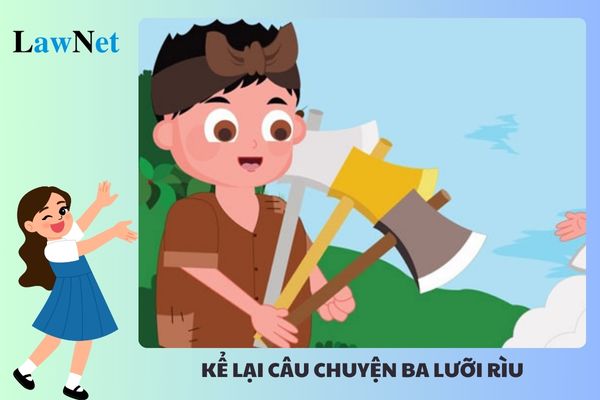
Sample essay on retelling the Story of "Ba lưỡi rìu" for grade 4 students in Vietnam (Image from the Internet)
What does the grade 4 Vietnamese Language curriculum Include?
Based on the general education program for the Vietnamese language subject issued together with Circular 32/2018/TT-BGDDT, the content of the Grade 4 Vietnamese knowledge includes the following:
1. Rules for writing the proper names of agencies and organizations
2.1. Vocabulary by topic
2.2. The use of dictionaries, how to find words, and the meanings of words in dictionaries
2.3. The meaning of some easily understood idioms
2.4. The meaning of some common Sino-Vietnamese elements
2.5. The effect of choosing words in conveying meaning
3.1. Nouns, verbs, adjectives: characteristics and functions
3.2. Proper nouns and common nouns: characteristics and functions
3.3. Sentences and main components of sentences: characteristics and functions
3.4. Sentence adverbs: characteristics and functions (adding information)
3.5. The use of hyphens (to mark listed ideas); connecting hyphens (connecting words in a compound name); quotation marks (to mark the title of a work, document); parentheses (to mark additional notes)
4.1. The rhetorical measure of personification: characteristics and effects
4.2. The topic sentence of a paragraph: characteristics and functions
4.3. The three-part structure (introduction, body, conclusion) of a text: characteristics and functions of each part
4.4. Types and genres of texts
- Essays recounting an event witnessed personally; essays recounting a story, accompanied by illustrations
- Descriptive essays: descriptive essays about animals, plants
- Paragraphs expressing feelings and emotions about a character
- Paragraphs expressing opinions about a story, character or an event, explaining the reasons for those opinions
- Texts guiding the steps to perform a task; invitation letters, applications, reports
5. Information through images, data (non-verbal communication tools)
What are included in the the periodic evaluation Tests for grade 4 Vietnamese Language subject?
Based on point c clause 1 Article 7 of the Regulations on Primary School Student Evaluation, issued together with Circular 27/2020/TT-BGDDT, the periodic evaluation tests are designed to match the required outcomes and specific expressions of the components of the subject's competencies, including questions and exercises designed at the following levels:
- Level 1: Recognize, recall, or describe learned content and apply it directly to solve familiar situations and problems in learning;
- Level 2: Connect, arrange learned content to solve similar problems;
- Level 3: Apply learned content to solve new problems or give reasonable feedback in learning and life.
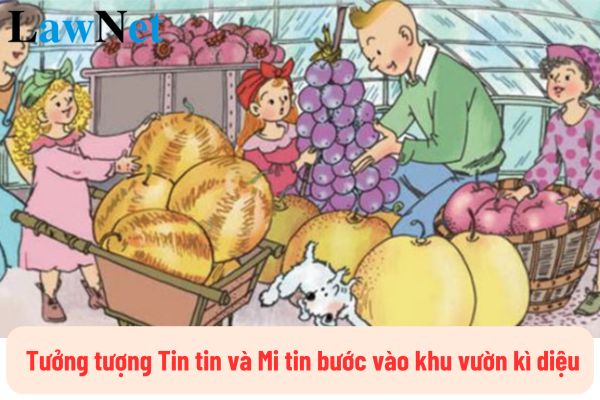
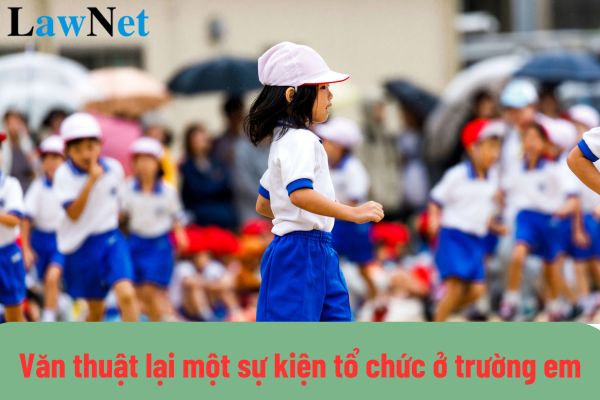

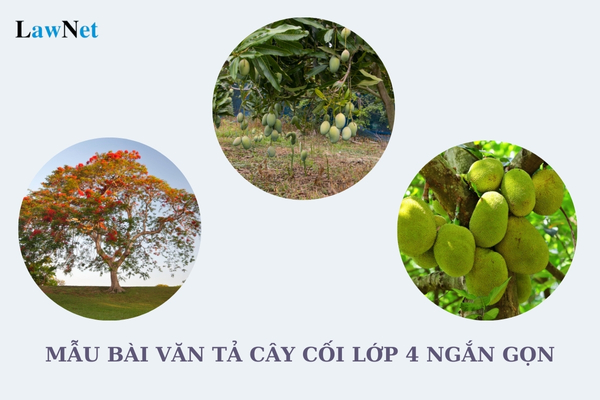
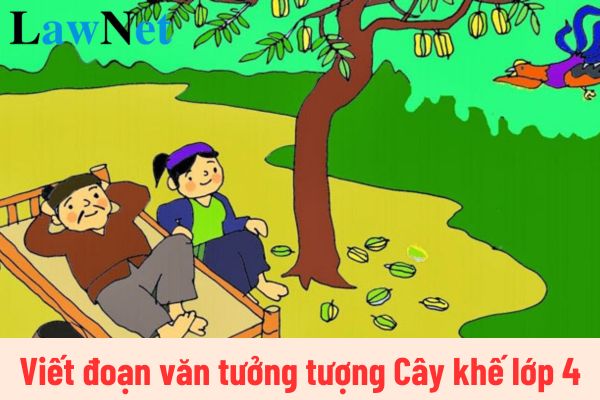
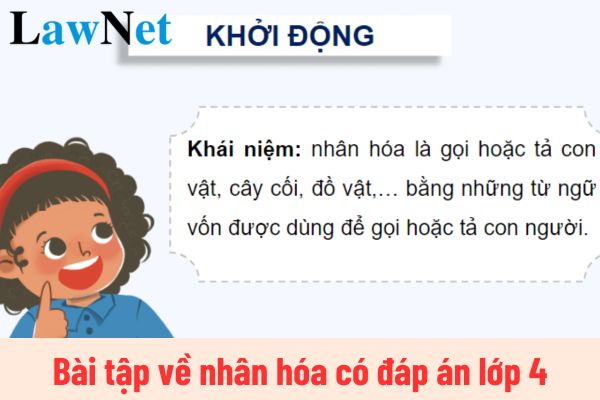
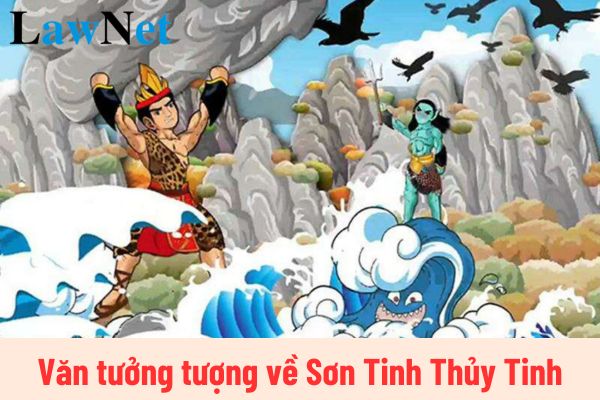
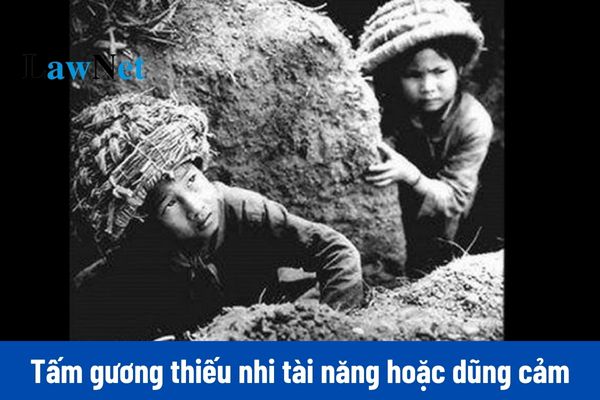
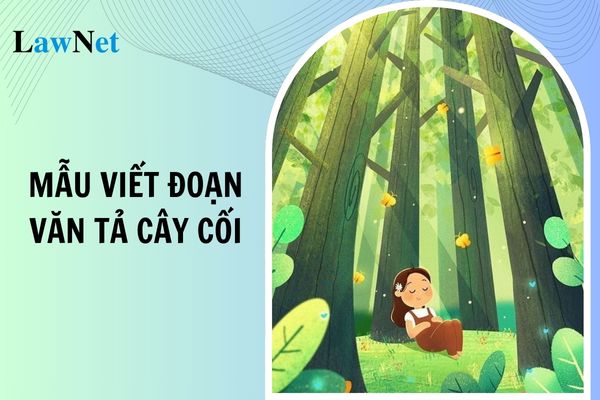
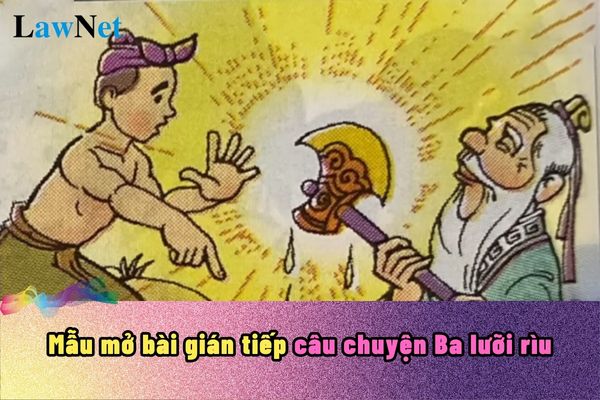
- Vietnam: What is the sample report on a modern literary matter - innovations and renovations in the short stories "Chiếc thuyền ngoài xa" and "Một người Hà Nội"?
- Vietnam: What are the 05 sample 600-word argumentative essays on negative issues among youth today? How many types of texts are there in the content of the 12th-grade Literature curriculum?
- Vietnam: What are the best sample paragraphs about your family for 6th-grade students? What elective subjects do 6th-grade students learn?
- Vietnam: What are the best sample self-introductions in English for 5th-grade students? What topics are covered by the 5th-grade English curriculum?
- Vietnam: What are the sample imaginary paragraphs on Tin-tin and Mi-tin entering the magical garden for 4th-grade students? What are the 05 essential qualities required for 4th-grade students?
- Vietnam: What are the guidelines for preparing the briefest lesson "A Strange Tale of the Fisherman's House/Truyện lạ nhà thuyền chài"? What is the eligibility for lower secondary graduation recognition for 9th-grade students?
- What are the enrollment methods of Pham Ngoc Thach University of Medicine in 2025?
- Vietnam: What are the sample 1st end-of-semester question papers of 9th-grade Literature? What is the form of assessment for 9th-grade Literature?
- Vietnam: What are the 10 sample 200-word social argumentative paragraphs on the strength of discipline? Is improving manpower one of the goals of education?
- What are the sample social argumentative essays on a social issue raised from a literary work in the 8th-grade Literature curriculum in Vietnam?

